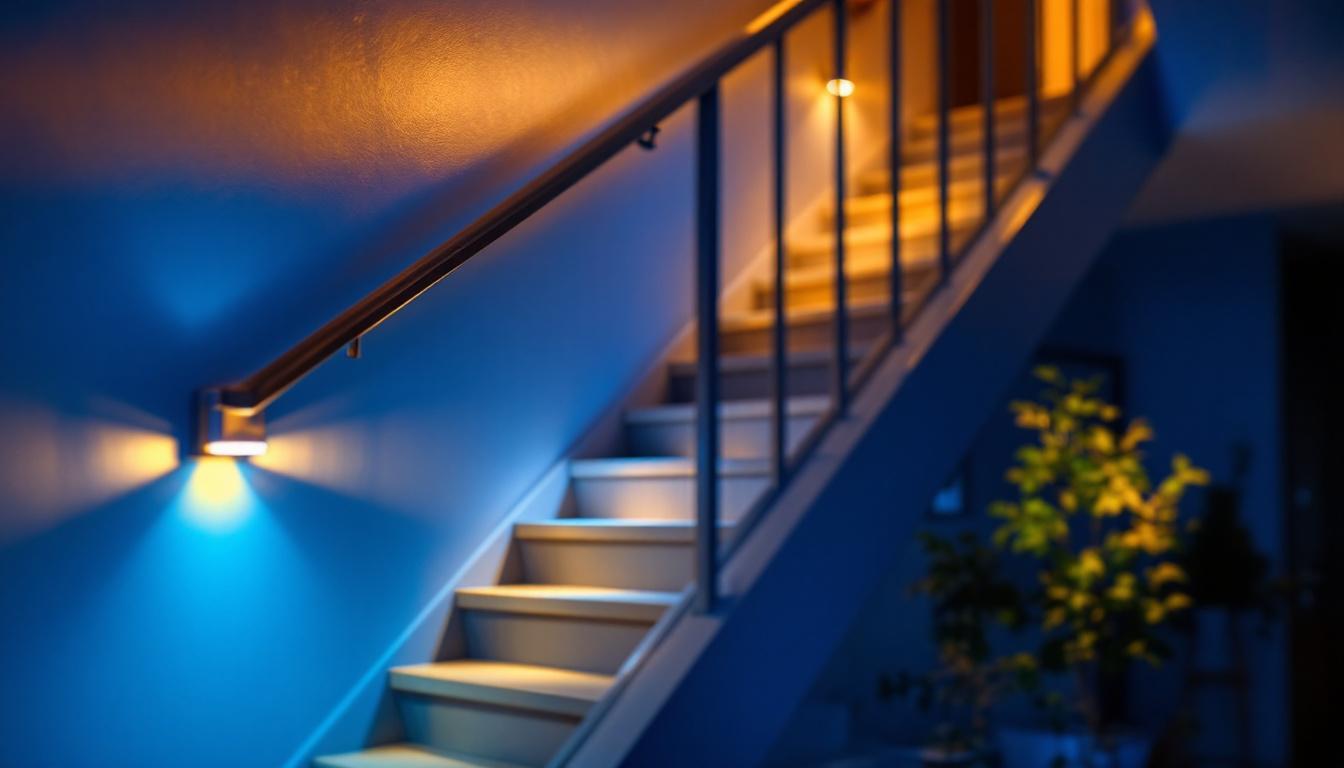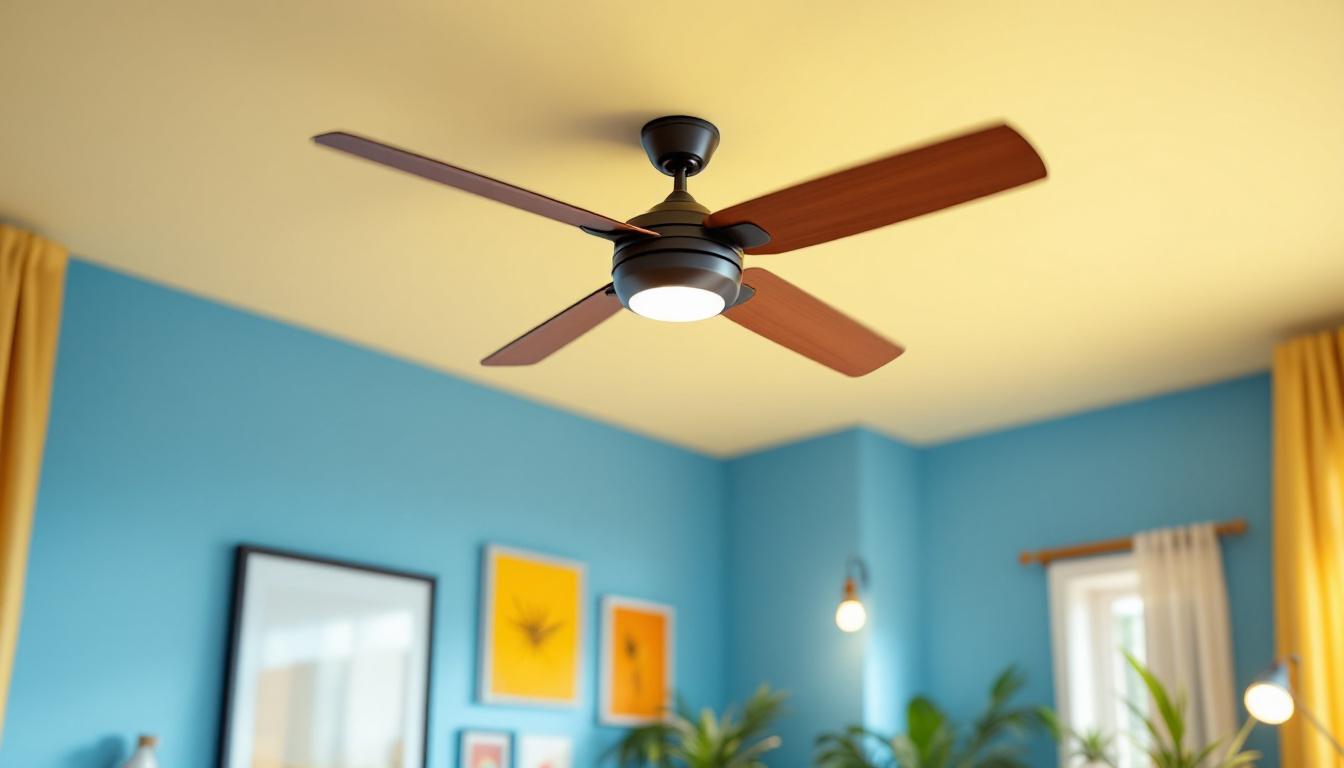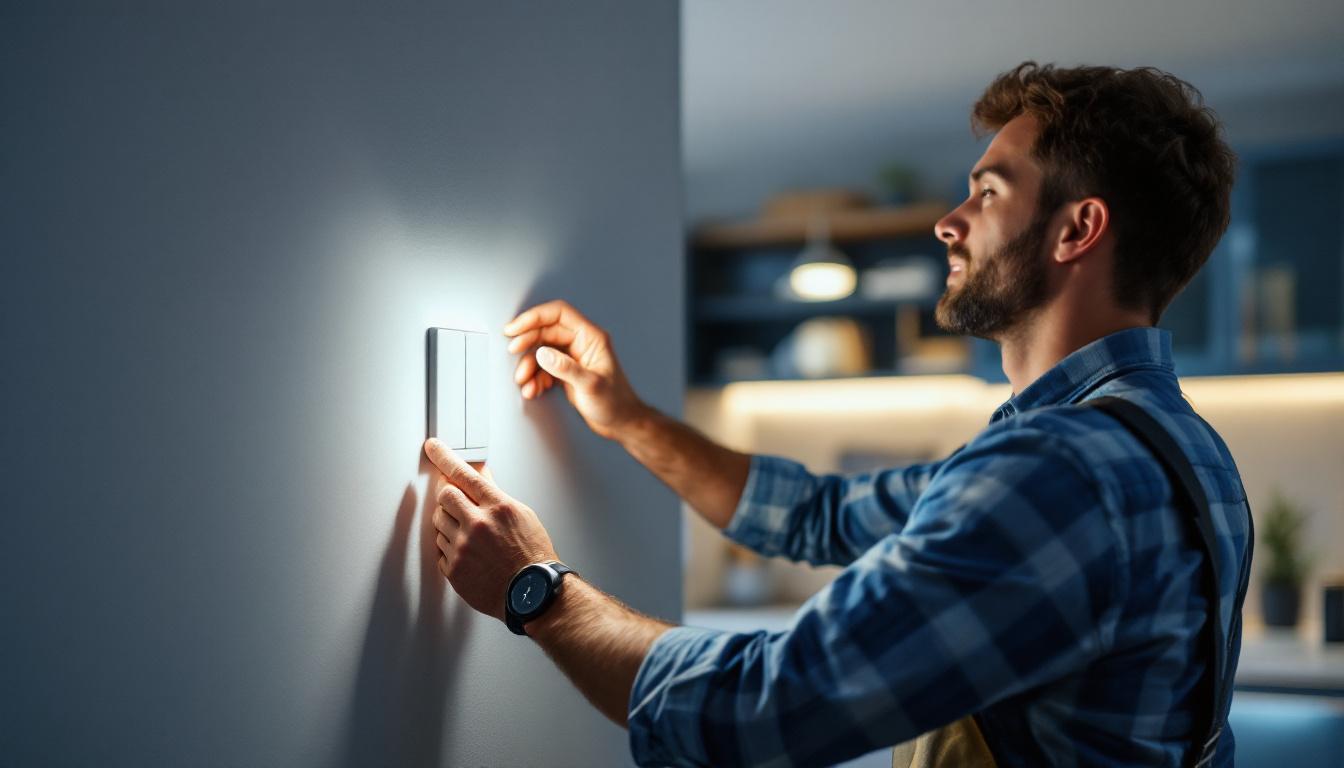
In the ever-evolving world of lighting design, light panels have emerged as a versatile solution for both residential and commercial spaces. For lighting contractors, understanding the intricacies of light panel designs is crucial to meet client expectations and overcome various challenges. This article explores ten innovative light panel designs while providing insights on how lighting contractors can navigate common obstacles in their projects.
Light panels are flat, thin panels that emit light uniformly across their surface. They are often used in ceilings, walls, and various architectural features to create a modern aesthetic. The designs can vary significantly, allowing for creative freedom and adaptation to different environments.
For lighting contractors, familiarity with various light panel designs not only enhances their portfolio but also equips them with the knowledge to recommend suitable options to clients. The following sections delve into ten distinct panel designs, each with unique characteristics and applications.
The most common design, standard rectangular panels, offers simplicity and functionality. Available in various sizes, these panels can be easily integrated into drop ceilings or mounted on walls. They provide even light distribution, making them ideal for offices, conference rooms, and retail spaces.
Contractors should consider the lumen output and color temperature when selecting rectangular panels to ensure they meet the specific lighting needs of the space. Additionally, energy efficiency ratings can help clients save on electricity costs, making this design an appealing choice. The versatility of standard rectangular panels allows them to be used in both residential and commercial settings, providing a reliable lighting solution that can adapt to the specific requirements of each environment.
Slimline panels are characterized by their ultra-thin profile, making them an excellent choice for modern interiors. Their sleek design allows for seamless integration into ceilings, creating a minimalist look. These panels are particularly popular in residential settings and upscale commercial spaces.
When working with slimline panels, contractors must pay attention to the installation process, as the thinness can present challenges. Proper mounting techniques and ensuring adequate support are crucial to avoid any sagging or misalignment. Furthermore, slimline panels often come with advanced features such as dimming capabilities and smart technology integration, providing users with enhanced control over their lighting environment. This adaptability not only caters to aesthetic preferences but also promotes energy conservation, aligning with contemporary sustainability goals.
Edge-lit panels utilize LED technology to illuminate the edges of the panel, creating a glowing effect. This design is often used in decorative applications, such as signage or accent lighting. The soft, diffused light produced by edge-lit panels enhances the ambiance of a space.
Lighting contractors should be aware of the various color options available for edge-lit panels. Customization can significantly impact the overall aesthetic, allowing clients to achieve their desired look while maintaining functionality. Additionally, edge-lit panels can be designed with various shapes and sizes, enabling creative installations that can serve as focal points in a room. The flexibility of these panels makes them suitable for both residential and commercial projects, where they can be used to highlight architectural features or create a warm, inviting atmosphere in hospitality settings.
Beyond standard designs, innovative light panels can cater to unique applications and enhance the overall user experience. These designs often incorporate advanced technology and creative concepts, providing contractors with exciting options to present to clients. As the demand for personalized and functional lighting solutions grows, the importance of staying updated with the latest trends and technologies becomes paramount for industry professionals.
Smart panels are at the forefront of lighting technology, offering features such as remote control, dimming capabilities, and integration with smart home systems. These panels allow users to customize their lighting experience, adjusting brightness and color temperature according to their preferences. The ability to program lighting schedules and create scenes tailored to specific activities—such as movie nights or dinner parties—adds an extra layer of convenience and ambiance to any space.
For lighting contractors, understanding the installation and configuration of smart panels is essential. Familiarity with various smart home ecosystems can help contractors provide valuable insights to clients, ensuring a seamless integration of lighting solutions into their existing setups. Additionally, educating clients about the potential for energy savings and enhanced security features, such as automated lighting schedules when away from home, can further elevate the appeal of smart panel installations.
Color-changing panels provide dynamic lighting options that can transform the mood of a space. Utilizing RGB technology, these panels can produce a wide spectrum of colors, making them ideal for entertainment venues, restaurants, and residential spaces looking to create a vibrant atmosphere. The versatility of these panels allows for creative applications, such as synchronized lighting displays for events or customizable settings for different times of day, enhancing the overall aesthetic and functionality of a space.
Contractors should consider the control systems available for color-changing panels. Offering clients a user-friendly interface for adjusting colors and effects can enhance their overall experience and satisfaction with the lighting solution. Furthermore, integrating these panels with music or visual displays can create immersive environments, making them particularly appealing for venues that host live performances or special events. Understanding the technical requirements for synchronization and control can empower contractors to deliver exceptional results that exceed client expectations.
Combining functionality with aesthetics, acoustic panels with integrated lighting address two common challenges in commercial spaces: noise reduction and effective lighting. These panels not only absorb sound but also provide ambient light, making them suitable for offices, conference rooms, and educational institutions. By creating a more pleasant auditory environment while simultaneously enhancing visibility, these innovative solutions promote productivity and comfort in various settings.
When installing acoustic panels, contractors must ensure proper placement to maximize both sound absorption and light distribution. Understanding the acoustic properties of different materials can help contractors make informed decisions when selecting panels for specific environments. Additionally, the design of these panels can be customized to match the interior decor, allowing for a cohesive look that does not compromise on performance. By educating clients on the benefits of these dual-purpose panels, contractors can position themselves as experts in creating spaces that are not only visually appealing but also acoustically optimized, thereby increasing their value in the marketplace.
As lighting contractors explore various panel designs, several key considerations can help them navigate challenges and deliver successful projects. These factors include client preferences, installation logistics, and compliance with building codes.
Engaging with clients during the design process is essential for understanding their vision and preferences. Lighting contractors should conduct thorough consultations to gather information about the intended use of the space, desired ambiance, and any specific requirements.
Customization options, such as panel size, color, and control systems, should be discussed to ensure the final design aligns with the client’s expectations. By fostering open communication, contractors can build trust and establish a collaborative relationship with their clients.
Installation logistics play a crucial role in the success of any lighting project. Contractors must assess the site conditions and determine the best approach for installing light panels. Factors such as ceiling height, access to electrical wiring, and structural support should be carefully evaluated.
Additionally, creating a detailed installation plan can help streamline the process and minimize disruptions. Contractors should consider the timeline and any potential challenges that may arise during installation, allowing for proactive problem-solving.
Adhering to local building codes and regulations is paramount for lighting contractors. These codes often dictate safety standards, energy efficiency requirements, and installation practices. Failure to comply can result in costly delays and potential legal issues.
Contractors should stay informed about relevant codes and regulations in their area. Collaborating with local authorities and industry associations can provide valuable resources and insights to ensure compliance throughout the project.
Lighting contractors often encounter challenges during the design and installation phases. By anticipating these obstacles and employing effective strategies, contractors can ensure a smoother project execution and enhance client satisfaction.
One of the most significant challenges in lighting projects is managing client expectations. Clients may have specific visions that may not align with practical considerations or budget constraints. Lighting contractors must navigate these conversations delicately.
Providing clients with realistic timelines, budget estimates, and design possibilities can help align expectations. Utilizing visual aids, such as mock-ups or 3D renderings, can also assist in conveying design concepts and ensuring clients have a clear understanding of the final outcome.
Technical issues can arise during installation, ranging from wiring complications to compatibility problems with smart systems. Lighting contractors should be prepared to troubleshoot these challenges effectively.
Having a solid understanding of electrical systems and lighting technology is essential for quick problem resolution. Additionally, maintaining a network of reliable suppliers and technicians can provide contractors with resources to tackle unexpected technical difficulties.
With growing emphasis on sustainability, ensuring energy efficiency in lighting designs is more important than ever. Lighting contractors should prioritize energy-efficient options, such as LED panels, to help clients reduce their carbon footprint and energy costs.
Educating clients about the long-term benefits of energy-efficient lighting can foster a more sustainable approach to design. Providing information on available rebates or incentives for energy-efficient installations can also encourage clients to invest in sustainable solutions.
Light panels offer a myriad of design possibilities for lighting contractors, enabling them to create innovative and functional lighting solutions for various applications. By understanding different panel designs and addressing common challenges, contractors can enhance their expertise and deliver exceptional results.
As the lighting industry continues to evolve, staying informed about emerging trends and technologies will be crucial for contractors seeking to stay ahead of the competition. Embracing creativity, collaboration, and sustainability will not only benefit contractors but also elevate the overall lighting experience for clients.
Ready to elevate your lighting projects with innovative designs and overcome any challenge with ease? At LumenWholesale, we provide lighting contractors like you with the highest quality, spec-grade lighting products at prices that can’t be beaten. Our extensive selection is designed to meet the most rigorous industry standards, ensuring that you have access to reliable and high-performance lighting solutions for every application. Say goodbye to middleman markups and hello to hassle-free bulk buying with free shipping. Don’t compromise on quality or value—choose LumenWholesale for the perfect blend of affordability and convenience. Wholesale Lighting at the Best Value is just a click away.

Discover why lighting contractors should prioritize motion sensor lights for stairs.

Discover the essentials of wall-mounted ceiling fans with our comprehensive guide tailored for lighting contractors.

Discover innovative cost-saving strategies for lighting contractors with our comprehensive guide on exterior light mounting boxes.

Discover the essentials of 3-way light switches with our comprehensive guide tailored for lighting contractors.